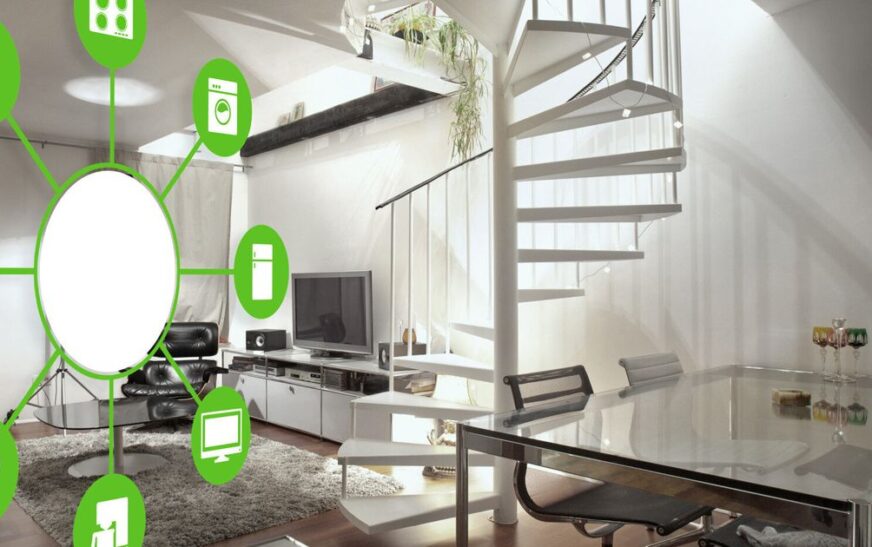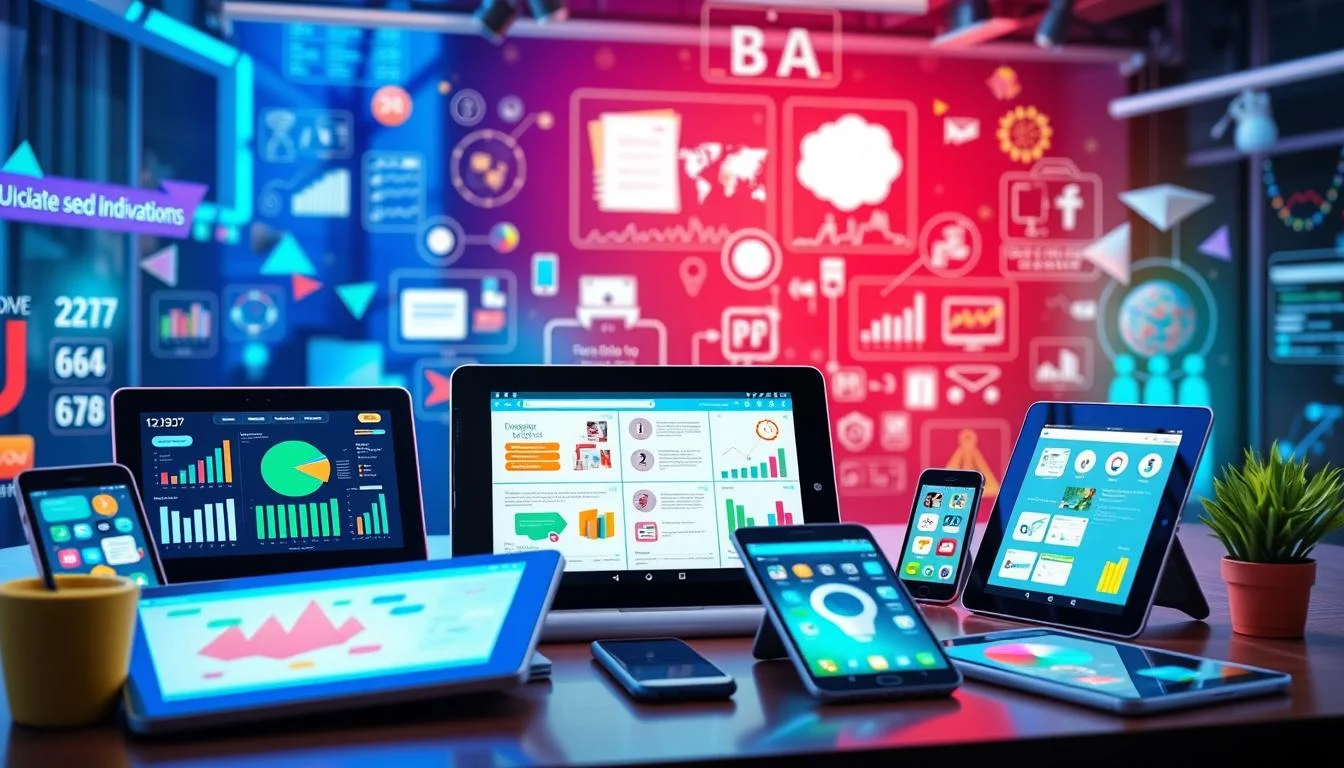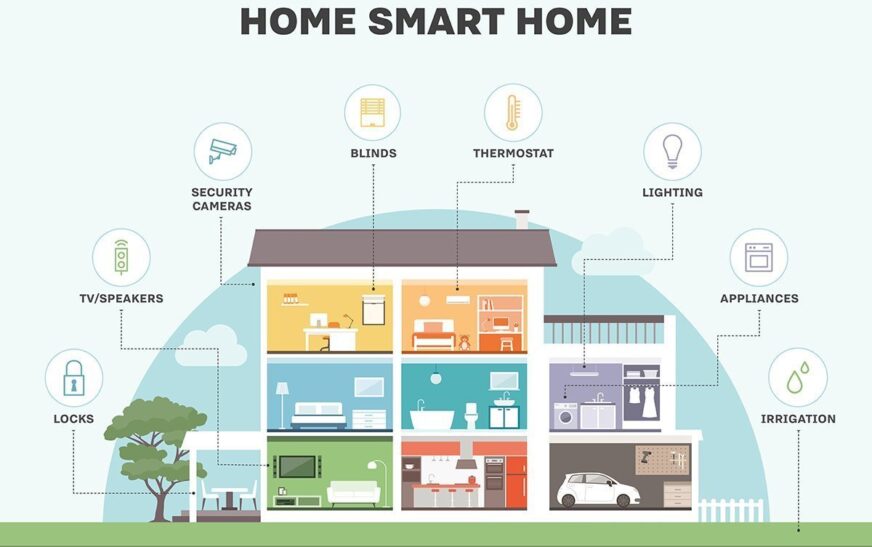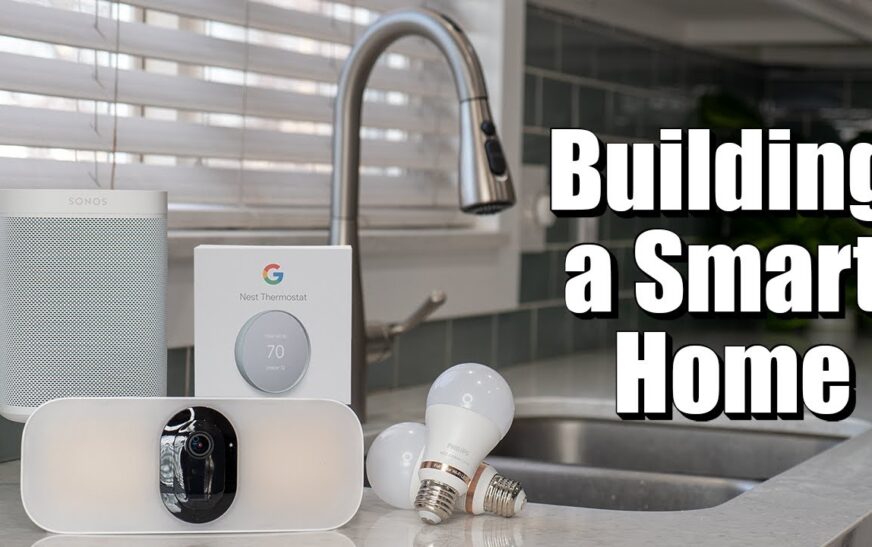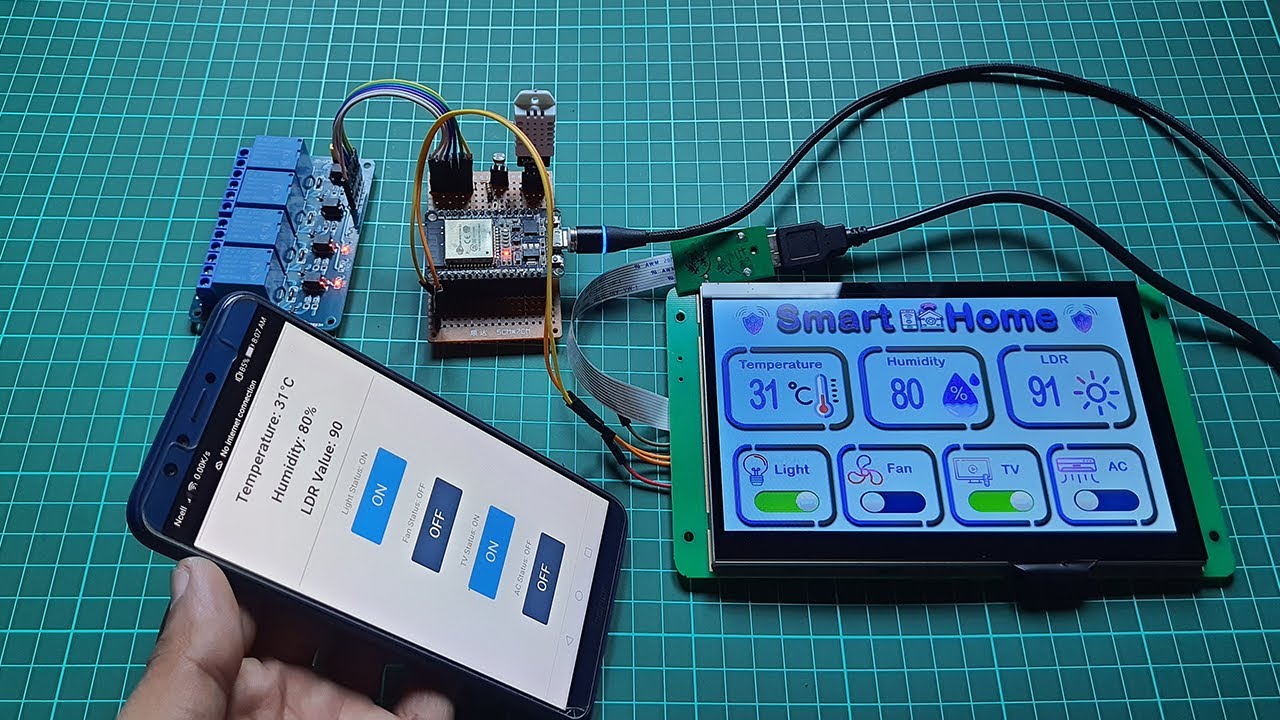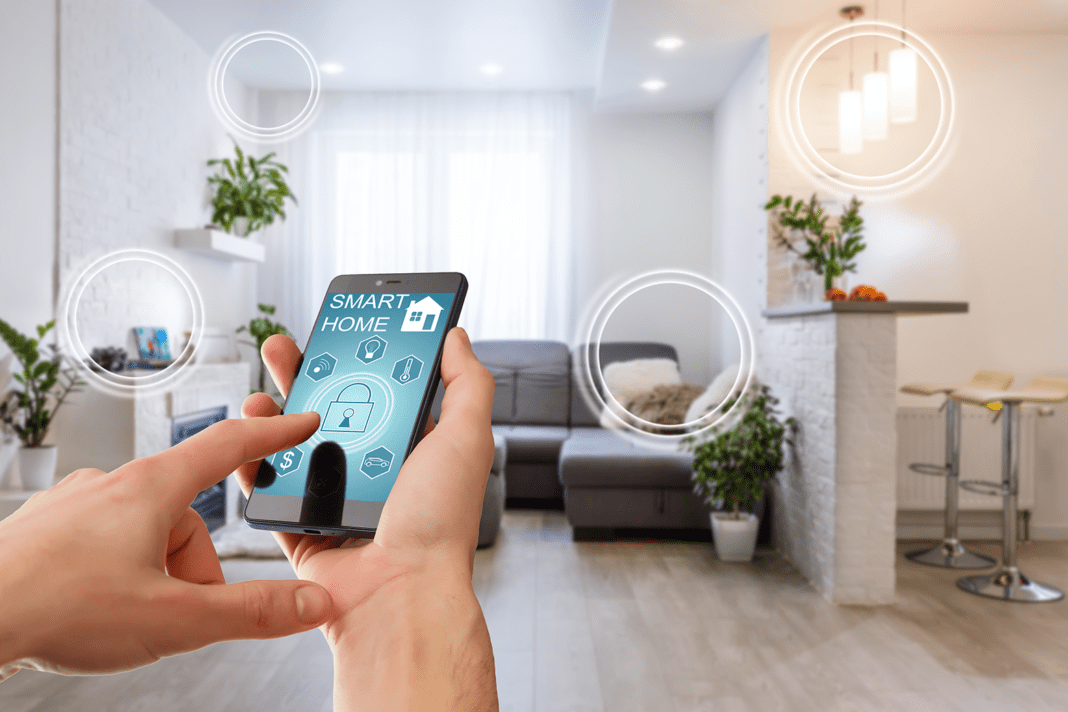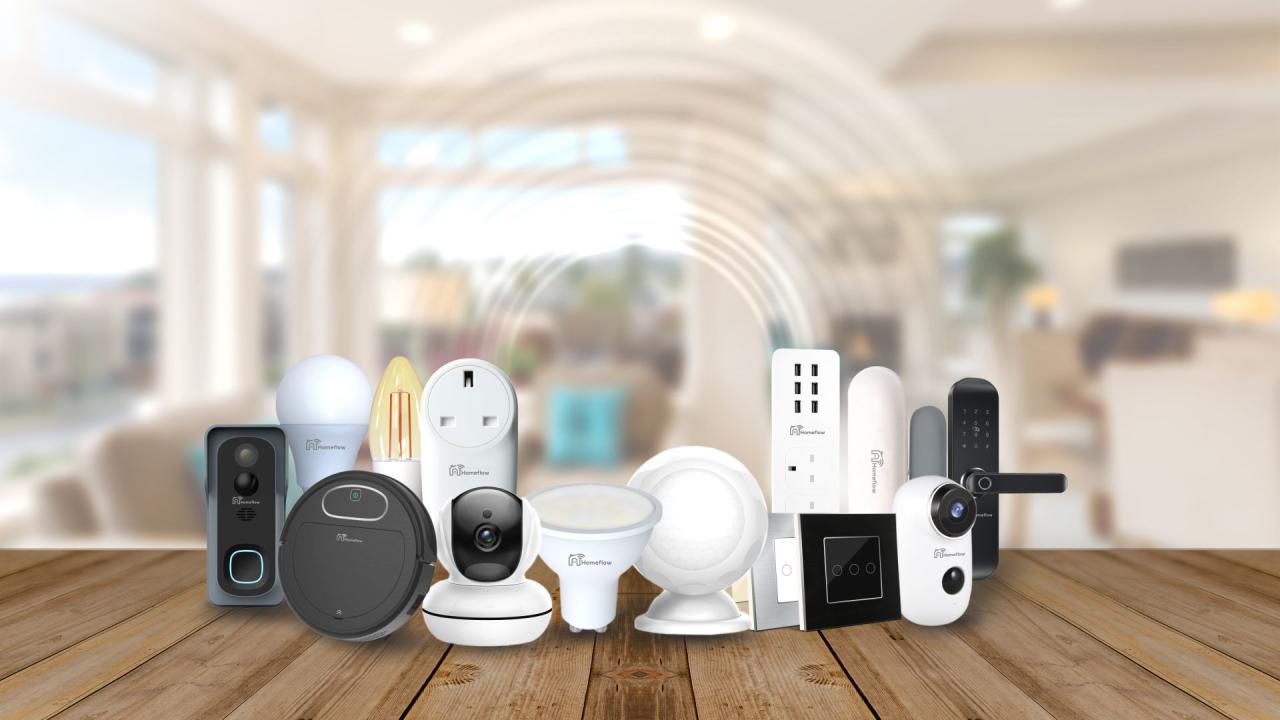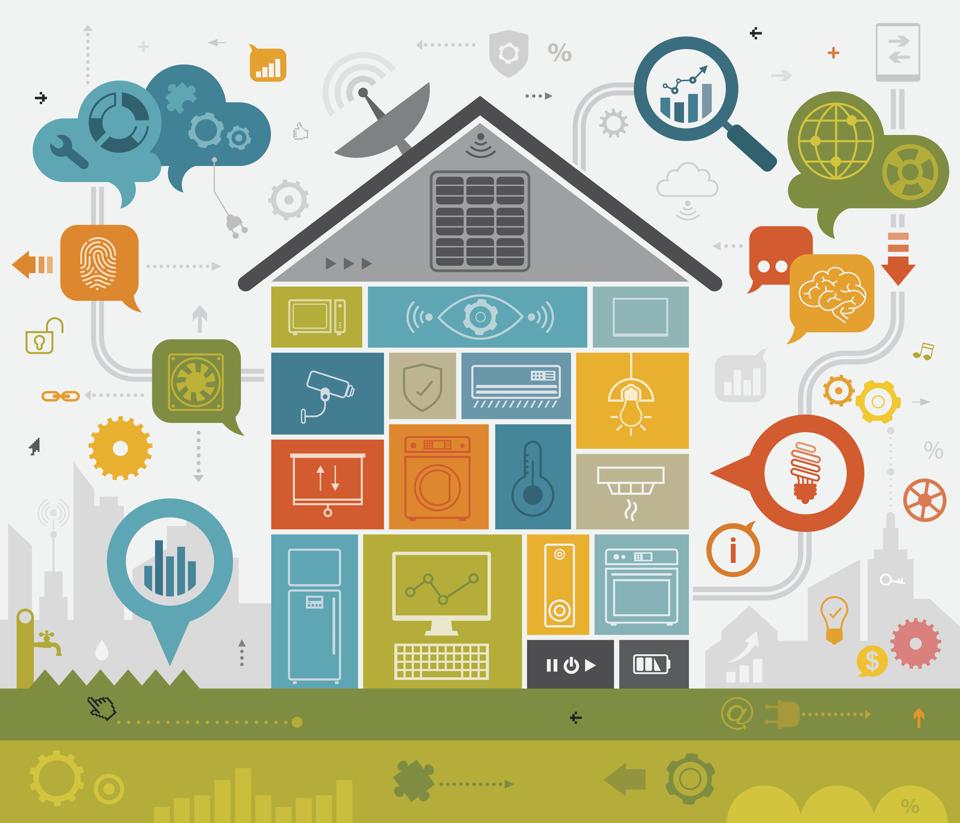How to Use Smart Gadgets for a Green Home opens the door to a world where technology and sustainability harmoniously coexist, offering practical solutions for an eco-friendly lifestyle. Dive into this guide to discover how smart gadgets can transform your home into a green oasis.
Smart lighting, thermostats, appliances, and energy monitoring systems are just a few of the topics covered, providing insights on energy conservation and environmental consciousness.
Introduction to Smart Gadgets for a Green Home
Smart gadgets are devices that utilize technology to enhance the efficiency and sustainability of our homes. In the context of sustainable living, smart gadgets play a crucial role in reducing energy consumption, minimizing waste, and promoting a greener environment.Using smart gadgets in your home comes with a multitude of benefits for both the environment and your household.
These devices are designed to optimize energy usage, monitor resource consumption, and automate processes to minimize environmental impact. By incorporating smart gadgets into your daily routine, you can contribute to a more eco-friendly lifestyle and reduce your carbon footprint.
Transform your home with smart lighting technology. Discover The Benefits of Smart Lighting for Your Home and create the perfect ambiance while saving energy at the same time.
Examples of Popular Smart Gadgets for Energy Efficiency
- Smart Thermostats: These devices regulate the temperature in your home based on your schedule and preferences, helping to reduce energy waste and lower utility bills.
- Solar Panels: Solar-powered gadgets harness renewable energy from the sun to power your home, reducing reliance on fossil fuels and decreasing greenhouse gas emissions.
- Smart Lighting Systems: These systems enable you to control lighting remotely, schedule usage, and adjust brightness levels to save energy and create a more sustainable living environment.
- Smart Irrigation Systems: These gadgets monitor weather conditions and soil moisture levels to optimize watering schedules, reducing water waste in your garden.
Smart Lighting Solutions: How To Use Smart Gadgets For A Green Home
Smart lighting systems play a crucial role in reducing energy consumption in a home, contributing to a more sustainable and eco-friendly living environment.
Are you a cooking enthusiast looking to upgrade your kitchen? Check out the latest Top Smart Kitchen Appliances for Cooking Enthusiasts that can take your culinary skills to the next level.
Motion Sensors and Timers, How to Use Smart Gadgets for a Green Home
- Utilizing motion sensors in smart lighting helps ensure that lights are only activated when needed, reducing unnecessary energy usage.
- Timers can be set to automatically turn lights on and off at specific times, further optimizing energy efficiency.
- These features not only save energy but also enhance convenience and security in your home.
Choosing Energy-Efficient Smart Bulbs and Fixtures
- Opt for LED smart bulbs as they are highly energy-efficient and have a longer lifespan compared to traditional incandescent bulbs.
- Look for smart fixtures that are compatible with energy-saving dimmers to adjust light levels based on your needs and preferences.
- Consider the color temperature of smart bulbs to create the desired ambiance while still maintaining energy efficiency.
Smart Thermostats for Energy Management
Smart thermostats play a crucial role in regulating home temperatures efficiently by allowing homeowners to control heating and cooling settings remotely. These devices can learn your schedule and preferences over time, adjusting the temperature to optimize comfort while minimizing energy waste.
Running a server and want to optimize your bandwidth usage? Learn effective strategies on How to Optimize Server Bandwidth Usage to ensure smooth performance without exceeding your limits.
Comparing Traditional Thermostats with Smart Thermostats
- Traditional thermostats require manual adjustments, often leading to unnecessary energy consumption due to human error.
- Smart thermostats, on the other hand, use advanced algorithms and sensors to automatically adjust settings based on occupancy, weather conditions, and user habits.
- Studies have shown that smart thermostats can save homeowners up to 23% on their heating and cooling costs compared to traditional thermostats.
Tips for Programming and Optimizing Smart Thermostats
- Set a schedule: Program your smart thermostat to adjust temperatures based on when you are home, asleep, or away to maximize energy efficiency.
- Utilize geofencing: Take advantage of geofencing features to automatically adjust settings when you leave or return home, ensuring comfort and savings.
- Monitor energy usage: Use the data provided by your smart thermostat to identify patterns and make informed decisions to further optimize energy consumption.
- Consider zoning: If your home has multiple heating and cooling zones, invest in smart thermostats for each area to customize settings and maximize efficiency.
Smart Appliances for a Sustainable Home
Smart appliances play a crucial role in creating a greener household by reducing water and energy usage. These innovative devices are designed to be more energy-efficient and environmentally friendly, helping homeowners lower their carbon footprint and save on utility costs.
Advantages of Connected Appliances for Energy Conservation
- Remote Control: Connected appliances allow users to monitor and control their energy usage from anywhere, helping to optimize efficiency and reduce waste.
- Smart Scheduling: With the ability to schedule when appliances operate, homeowners can take advantage of off-peak energy times, further reducing their environmental impact.
- Data Insights: Many smart appliances provide real-time data on energy consumption, empowering users to make informed decisions about their usage habits.
Examples of Eco-Friendly Smart Appliances
- Energy Star Certified Refrigerators:These refrigerators are designed to be more energy-efficient, consuming less power while still providing optimal cooling performance.
- Smart Washing Machines:These appliances adjust water levels and cycle times based on the load size, saving water and energy with each use.
- Connected Thermostats:Smart thermostats learn your heating and cooling preferences, adjusting the temperature to conserve energy when you’re away from home.
Smart Home Energy Monitoring Systems
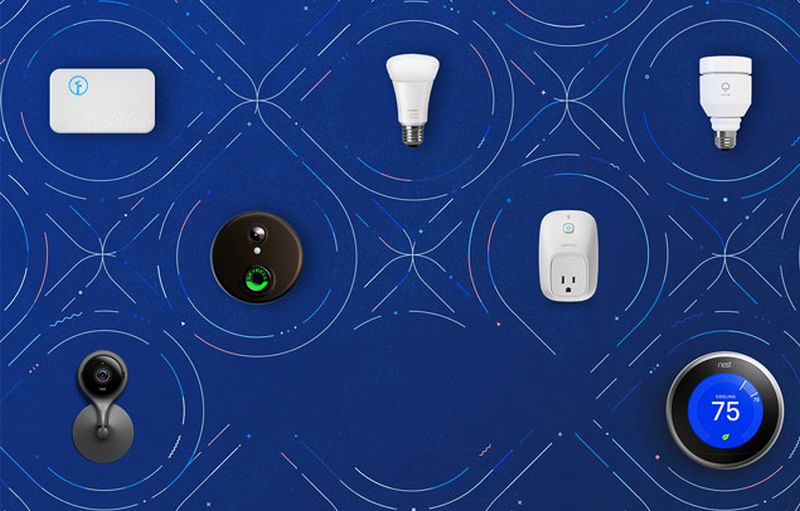
Energy monitoring systems play a crucial role in tracking and managing household energy consumption. By providing real-time data on electricity usage, these systems enable users to make informed decisions to reduce their carbon footprint and promote sustainability.
Importance of Energy Monitoring Systems
- Energy monitoring systems help users understand their energy consumption patterns and identify areas where energy is being wasted.
- By tracking electricity usage in real-time, users can make adjustments to reduce energy consumption and lower their utility bills.
- These systems also promote awareness of energy usage habits, encouraging users to adopt more sustainable practices in their daily lives.
Interpreting Energy Usage Data
- Real-time data from energy monitoring systems provides detailed insights into when and how electricity is being used in the household.
- Users can analyze this data to identify peak usage times and high-energy-consuming appliances, allowing them to make changes to reduce energy consumption.
- Adjusting habits based on energy usage data can lead to significant energy savings and contribute to a more sustainable lifestyle.
Conclusive Thoughts
Embrace the future of sustainable living with the power of smart gadgets for a green home. By incorporating these innovative technologies, you can reduce your carbon footprint, lower energy costs, and create a more environmentally friendly living space. Make a positive impact on the planet starting from your own home today.

